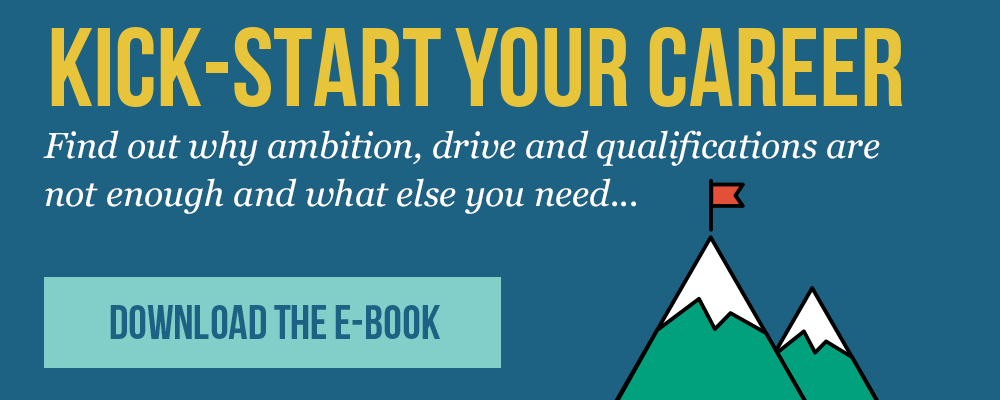
As we iterate in our blog about league table rankings, attracting the right talent to your university is an important part of ensuring your institution ranks as highly as possible. Attracting the right talent means higher completion rates, improved destination metrics (if you offer solid career guidance) and better exam marks. These factors determine whether your university moves up or down the league tables, attracts funding, and improves its overall reputation. Heads of Faculty need to start thinking like business owners when it comes to marketing their university’s brand to prospective students.
Universities are facing greater competition than ever. Your department isn’t only competing with local universities, but those abroad too. International students explore options in multiple countries, which means you need to sell your institution and what it offers with tremendous zeal. Unlike local students who often rely on student loans, international students can afford to be selective when deciding on a university. Your marketing strategy, which should take student career guidance into consideration, needs to be robust and structured like that of a business.
To attract talent, you need to know what that talent looks like
Before you can formulate a talent acquisition strategy for your university, you need to know who your audience is. If you understand who they are, what they want, and how they envisage their careers after university, you can position your department as being able to deliver this. Take a look at your current students and spend time getting to know what motivates them. From there, create student personas based on demographic and psychological indicators. Once you’re inside the minds of your target students, you can begin reaching out in ways that will resonate with them.
Focus less on selling your course offerings and start engaging prospective students
It’s incredibly important to resonate with the students you wish to attract to your university. Young people today seek personalised and meaningful brand experiences—whether they’re buying clothing or technology. If you can offer them a similar experience through your university marketing, it’ll be far easier to engage prospective students. Instead of selling your university, focus more on building relationships with your audience. You might not win every student, but you’ll create a network that can deliver considerable value for future marketing purposes.
Your brand must be strong enough to stand out from the crowd
Think about some of the most popular brands among young people, like Jack Wills, Abercrombie and Fitch, Superdry and Red Bull. These brands know exactly who they are, what their audience wants and how to deliver that. Just like businesses clearly define their unique selling point (USP) and how to convey this through their brand, your department must also do this if it’s to stand out from the many other universities being considered by the students you want to attract. Sit down with your colleagues and determine what it is that makes your university unique and then figure out how you can convey this consistently across all brand and marketing channels (newsletters, web advertising, social media, brochures, and website).
Create content that students will want to consume and share
Another thing universities can learn from business marketing is the power of content. According to ZenithOptimedia, we spend up to 490 minutes a day consuming media; this will likely increase as the use of portable electronic devices and the prevalence of internet connectivity rise. If you can create shareable and value-adding content for your audience, your ability to reach and engage students will be far greater than if you stick to the more traditional avenues of leaflets, brochures, and press releases. Try to incorporate images, videos, and infographics into your content mix. This kind of media can also be used when delivering career guidance.
By offering a career development programme, you make your university a more attractive place to study
To differentiate your university, you must offer something that will continue adding value to students long after they graduate. Young people enter higher education to ensure that they have the best chance of fulfilling their ambitions. If you can demonstrate that their career prospects are your priority (alongside the core curriculum) and your university takes a pragmatic approach to education, your institution will automatically become a more attractive place to study. It’s important to include work readiness training in your curriculum (either as a stand-alone offering or as a fully incorporated feature of it), as employers look for a broad range of skills and attributes that aren’t always taught as part of degree courses. These skills can be learned and developed by anyone, but this requires a focused programme to introduce these qualities to students.
The Industry Engagement Programme (IEP) can sit within or alongside your curriculum, regardless of discipline. It enhances student employability and provides them with the tools they need to thrive in a competitive job market. Download our guide for more information on the importance of employability in graduates.


